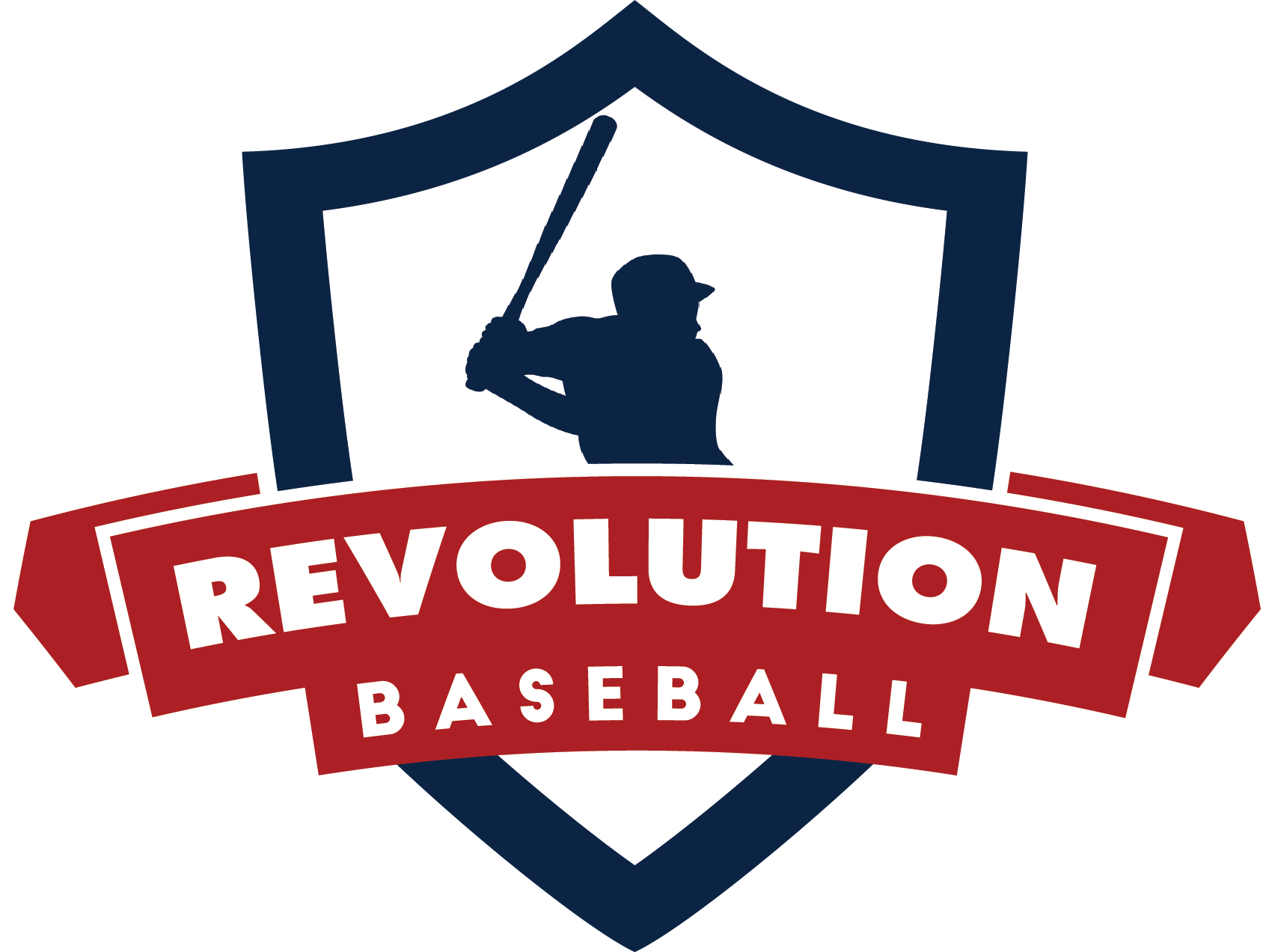Your field hockey stick is your most valuable tool. It’s responsible for your passes, shots, and overall control of the game. But even the best sticks won’t last forever. Knowing when to replace your field hockey stick is crucial when it comes to maintaining peak performance and avoiding costly mistakes during crucial moments.
Below, you’ll learn about the telltale signs for when it’s time to upgrade your stick. We’ll also share practical tips for assessing wear and tear effectively.
Signs It’s Time to Replace Your Field Hockey Stick
Field hockey sticks go through a lot—from powerful shots to repeated impact with the turf. This can impact your accuracy, power, and control. Here are the key signs it’s time to consider a replacement:
Visible Cracks and Splinters
If you notice cracks or splinters on the stick’s surface, especially around the toe or edges, it’s a clear sign to look for a new stick. Even small cracks can grow quickly, compromising the stick’s integrity and increasing the risk of a break during play.
Decreased Power and Control
Have your shots lost their usual power? Does the ball seem harder to control? Over time, the fibers in composite sticks can break down, reducing stiffness and power. If you notice a difference in performance despite using proper technique, it might be time for a new stick.
Soft Spots and Flex Issues
Run your hand along the stick’s shaft. If you feel soft spots or areas that flex more than others, that’s a sign the internal structure has weakened. A stick with uneven flex can affect ball control and accuracy, making it harder to execute precise passes and shots.
Damaged Toe or Hook
The toe and hook of your stick take the most impact. Check for chips, flat spots, or uneven wear. A damaged toe can cause the ball to slip unpredictably, affecting your shots and receptions.
How to Extend the Life of Your Field Hockey Stick
While replacing your field hockey stick is inevitable, proper care can help extend its lifespan. Here are some tips to keep in mind.
Avoid Playing on Rough Surfaces
Field hockey sticks are designed for turf, not concrete or asphalt. Playing on rough surfaces accelerates wear, causing chips and cracks. Stick to the proper surface whenever possible.
Clean After Every Use
Dirt and moisture can degrade composite fibers over time. Wipe down your stick with a damp cloth after every practice or game and store it in a dry place.
Inspect Regularly
Make it a habit to check your stick for cracks, chips, and soft spots every few weeks. Spotting damage early can help you decide when to start shopping for a replacement without rushing the decision.
Choosing Your Next Field Hockey Stick
When it’s time to replace your stick, consider your playing style, position, and skill level. Defenders might benefit from a heavier, more durable stick for tackling, while forwards could opt for a lighter, more agile model for quick shots. Look for sticks with the right balance of power and control, and don’t hesitate to test different options before making a decision.
Having the right equipment is essential when it comes to taking your game to the next level. Once you have a new stick, it’s important to start playing so you can get used to it. What better way to break in your new stick than by joining us for one of our 2025 Revolution Field Hockey Camps this summer?! Find a location near you and sign up today!









